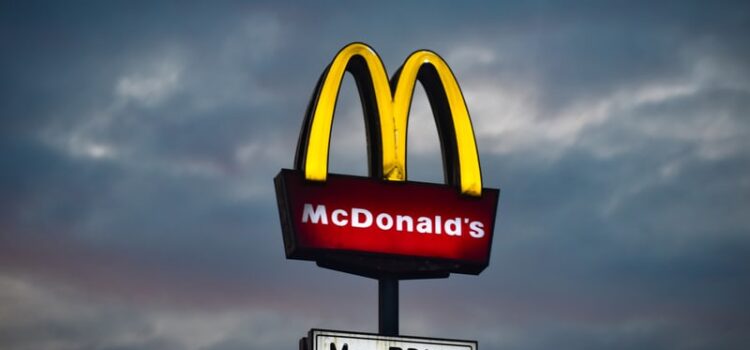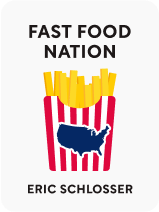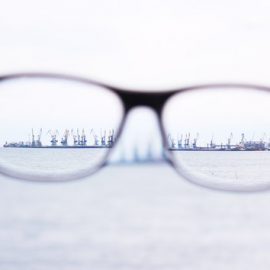

This article is an excerpt from the Shortform book guide to "Fast Food Nation" by Eric Schlosser. Shortform has the world's best summaries and analyses of books you should be reading.
Like this article? Sign up for a free trial here .
Who is Carl Karcher? What was his role in the early days of McDonald’s?
Carl Karcher was an entrepreneur who saw the potential in the McDonald brothers’ Speedee service system. Combined with the new U.S. interstate system, Karcher saw a formula for success and grew McDonald’s locations from 250 to 3,000 in the 1960’s and 70’s.
Read more about Carl Karcher and his role in expanding McDonald’s.
Who Was Carl Karcher?
One entrepreneur who seized the opportunity was Carl Karcher. Born to a hardworking German Catholic family and raised on a farm in the Midwest, Carl moved to the then-small city of Anaheim in the 1930s. While working as a bakery truck driver, Carl took note of the local hot dog vendors and saw how successful they were selling frankfurters to the nearby factory workers. He was deeply impressed by the sheer number of franks and buns that these hot dog carts seemed to go through in just a day.
After taking out a small bank loan, he purchased his own hot dog cart and went into business for himself. It was a success—by 1944, he and his wife owned four hot dog stands, each of them doing a brisk business. In January 1945, he opened his first sit-down restaurant, Carl’s Drive-in Barbeque, featuring a five-pointed star at the top of a neon sign in the parking lot—even at this early stage, Carl Karcher had seen that the automobile was the way of the future. His business boomed as more and more of Anaheim’s disposable income went into the pockets of keen entrepreneurs like himself.
The Rise of the Golden Arches
One day, Carl Karcher heard of a restaurant outside of LA that was selling hamburgers for 15 cents each—far less than what he was charging. Determined to know what their secret was, he ventured out to San Bernardino to catch his first glimpse of a restaurant that would eventually change the world: “McDonald’s Famous Hamburgers.”
The McDonald brothers had implemented a “Speedee Service” system that was designed to increase speed, lower prices, and boost sales volume of their hamburgers. This was the secret to their success and was the formula that birthed the fast food industry as we know it. Everything was standardized: they would sell only burgers, offer no expensive serving ware with the meals, and divide the food preparation into separate jobs done by different workers. This eliminated the need for skilled (and expensive) short-order cooks, as well as dishwashers. It was bringing the management principles of the Ford assembly line to the realm of food preparation. In addition to these advances in the restaurant’s day-to-day operations, the brothers also designed and installed the famous golden arches on the roof, destined to become one of the world’s most recognizable corporate logos. The business model was a runaway success. For the first time, it enabled even working-class families to afford restaurant food.
Inspired by what he saw, Carl Karcher decided to open his own McDonald’s-style restaurant. The timing was perfect. President Eisenhower’s signing of the Interstate Highway Act in 1956 created nearly 50,000 miles of new paved roadways and invested over $130 billion into the American economy. These new federally subsidized highways promised to lead the new generation of American car-owners right from their suburban homes and into the new fast food restaurants.
Soon, Carl was at the head of a large and growing empire of self-service restaurants strategically located off California’s new freeways. Scores of imitators across the country did what Carl did and replicated the McDonalds’ idea, giving rise to many fast food chains that are with us today—Wendy’s, Taco Bell, Dunkin’, and Kentucky Fried Chicken, to name just a few. The growth of the industry was explosive—between 1960 and 1973, McDonald’s grew from 250 locations to 3,000.

———End of Preview———
Like what you just read? Read the rest of the world's best book summary and analysis of Eric Schlosser's "Fast Food Nation" at Shortform .
Here's what you'll find in our full Fast Food Nation summary :
- How the fast food industry reshaped the American economy
- How fast food marketing is manipulating you
- Why the rise of fast food has destroyed family farms across America






